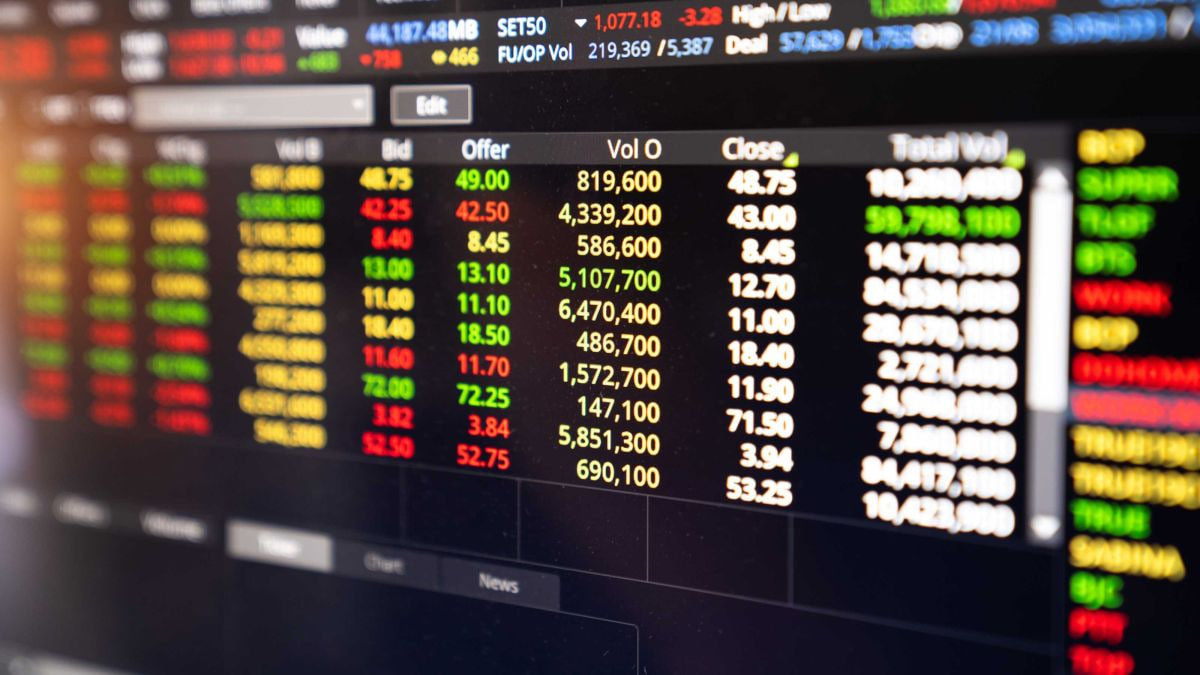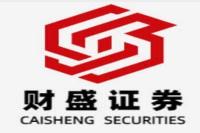Navigating the Complexities of China's Reform Agenda: A Deep Dive into the Latest Developments
Meta Description: Explore the latest developments in China's comprehensive reform agenda, including key pronouncements by Xi Jinping, the strengthening of education and teacher development, and the growth of the Belt and Road Initiative.
Imagine you're a seasoned China watcher, navigating the complex landscape of China's political and economic landscape. Each day, you dissect news reports, gleaning insights into the country's evolving trajectory. Today, we're delving into the latest developments in China's comprehensive reform agenda, a critical driving force shaping the nation's future.
The Reform Agenda: A Catalyst for Transformation
China's reform agenda is a complex, multifaceted undertaking, aiming to address the nation's long-term economic and social challenges. It's not just about tweaking policies; it's about a fundamental shift in how China approaches its development. This reform process cuts across sectors, encompassing everything from education and healthcare to technological innovation and environmental protection.
Xi Jinping's Call for Action: Liberation of Thought and Focused Execution
In a recent meeting of the Central Committee for Deepening Comprehensive Reforms, Xi Jinping stressed the need for "解放思想" (liberation of thought), a critical cornerstone of the reform process. He highlighted that this necessitates a "实事求是" (pragmatic and realistic) approach, one that adapts to changing circumstances and prioritizes concrete results. Xi Jinping's remarks emphasize the importance of tackling reform tasks with a sense of urgency and purpose, ensuring they are implemented with precision and effectiveness.
Education: The Foundation for a Vibrant Future
China recognizes the paramount importance of education in fostering a skilled workforce and achieving its ambitious goals. The recent emphasis on "教育家精神铸魂强师行动" (educationist spirit, building a strong teaching force) underscores the commitment to strengthening the quality of education and teacher training. This initiative aims to cultivate a new generation of educators, empowered to inspire and guide students, ultimately building a more competitive and innovative society.
The Belt and Road Initiative: Expanding Horizons
China's Belt and Road Initiative (BRI) is another key pillar of the reform agenda, extending its influence throughout Asia, Africa, and beyond. The latest edition of the "中国—非洲国家共建“一带一路”发展报告" (China-Africa Countries Jointly Building the BRI Development Report) highlights the growing momentum of collaboration between China and African nations. This report showcases the tangible progress made in infrastructure development, trade, and investment, solidifying the BRI's role as a driver of global connectivity and shared prosperity.
Navigating the Global Landscape: Challenges and Opportunities
The reform agenda unfolds within a dynamic global environment, marked by geopolitical tensions, economic uncertainties, and technological disruption. China's leadership recognizes these challenges, emphasizing the need for strategic foresight and adaptability. This includes strengthening domestic capabilities, fostering innovation, and engaging in constructive dialogues with global partners.
Navigating the Complexities: Key Insights
1. Liberation of Thought: The call for "解放思想" signifies a willingness to break free from outdated paradigms and embrace new ideas, crucial for navigating the complexities of the 21st century.
2. Focus on Implementation: Reform is not just about grand statements; it's about meticulous execution. This involves careful planning, clear targets, and effective monitoring mechanisms.
3. Education as a Priority: China's investments in education are not just about producing a strong workforce; they're about building a society that values knowledge, critical thinking, and innovation.
4. Global Engagement: China's reform agenda isn't just about domestic transformation; it's also about shaping the global landscape through initiatives like the BRI.
The Path Ahead: Continuous Evolution and Adaptation
China's reform journey is a continuous process, evolving in response to new challenges and opportunities. The nation's leadership is committed to adapting strategies, fine-tuning policies, and ensuring that reforms remain relevant and effective in driving sustainable development.
Understanding China's Reform Agenda: A Deeper Look into Key Areas
Education: Cultivating a Skilled Workforce for the Future
China's education system is undergoing a profound transformation, driven by a growing demand for a highly skilled workforce to fuel its economic growth. The emphasis on "教育家精神铸魂强师行动" (educationist spirit, building a strong teaching force) reflects the importance of fostering a new generation of educators who are not just teachers but mentors and guides.
Key Aspects of the Education Reform:
- Strengthening Teacher Training: The focus is on enhancing pedagogical skills, content knowledge, and the ability to engage students in a dynamic learning environment.
- Empowering Educators: The reform aims to cultivate a culture of professional development, encouraging teachers to stay current with pedagogical trends and research.
- Promoting Innovation in Education: Encouraging experimentation with new teaching methods, technologies, and assessment frameworks to optimize learning outcomes.
The Impact on Students:
The success of the education reform lies in its ability to equip students with the skills and knowledge necessary to thrive in a rapidly changing world. This includes fostering critical thinking, problem-solving, creativity, and collaboration, skills that are highly valued in today's global marketplace.
The Belt and Road Initiative: A Catalyst for Global Connectivity
The Belt and Road Initiative (BRI) is a cornerstone of China's foreign policy, aiming to promote infrastructure development, trade, and investment across Asia, Africa, and Europe. It's not just about economic cooperation; it's about forging new partnerships and strengthening global connections.
Key Benefits of the BRI:
- Infrastructure Development: The BRI focuses on building roads, railways, ports, and other critical infrastructure to facilitate trade and economic growth.
- Trade and Investment: The initiative promotes trade and investment opportunities, creating new markets and driving economic activity.
- Cultural Exchange: The BRI fosters cultural exchange and understanding between participating countries, building bridges across different societies.
Challenges Facing the BRI:
- Debt Sustainability: Concerns have been raised regarding the potential for debt burdens in some BRI participating countries.
- Environmental Impact: The BRI's infrastructure projects need to be carefully planned to minimize environmental damage and promote sustainable development practices.
- Geopolitical Tensions: The BRI operates within a complex geopolitical landscape, with competing interests and strategic considerations.
Key Areas of Focus in China's Reform Agenda
1. Technological Innovation: China is investing heavily in research and development, particularly in areas like artificial intelligence, robotics, and green technology. The goal is to become a global leader in innovation, driving economic growth and addressing societal challenges.
2. Environmental Protection: Recognizing the environmental impact of rapid industrialization, China is implementing policies to promote cleaner production, reduce pollution, and protect natural resources. This includes investing in renewable energy, promoting green transportation, and strengthening environmental regulations.
3. Social Welfare: The reform agenda addresses social inequalities and seeks to improve the quality of life for all citizens. This includes expanding access to healthcare, education, and social security, ensuring a more equitable and prosperous society.
Frequently Asked Questions
Q1: What are the main goals of China's reform agenda?
A1: China's reform agenda aims to address economic, social, and environmental challenges, ultimately creating a more prosperous, equitable, and sustainable society. Key goals include:
- Driving economic growth and creating jobs
- Improving the quality of life for all citizens
- Fostering innovation and competitiveness
- Protecting the environment and promoting sustainable development
- Strengthening national security and global influence
Q2: How does the "解放思想" (liberation of thought) concept play a role in the reform process?
A2: "解放思想" encourages a break from outdated paradigms and a willingness to embrace new ideas and approaches. This is essential for adapting to a rapidly changing world and driving innovation. It fosters a culture of critical thinking, questioning assumptions, and exploring new perspectives.
Q3: What are the key challenges facing the BRI?
A3: The BRI faces several challenges:
- Debt Sustainability: Concerns about debt burdens in some participating countries need careful monitoring and management.
- Environmental Impact: Infrastructure projects need to be planned to minimize environmental damage and promote sustainable development practices.
- Geopolitical Tensions: Navigating a complex geopolitical landscape requires careful diplomacy and strategic partnerships.
Q4: How does China's reform agenda impact its global role?
A4: China's reform agenda shapes its global role by:
- Promoting economic cooperation: Through initiatives like the BRI, China seeks to foster economic growth and interdependence.
- Strengthening international partnerships: The reform agenda encourages collaboration with other countries to address global challenges.
- Shaping global governance: China actively participates in international organizations and seeks to influence global policymaking.
Q5: What are the key indicators of progress in China's reform agenda?
A5: Progress can be measured by:
- Economic growth and job creation: Sustained economic growth and a robust employment market are indicators of success.
- Improvements in social indicators: Improvements in healthcare, education, and social security systems reflect progress in social welfare.
- Environmental sustainability: Reductions in pollution, investments in renewable energy, and a commitment to green development practices are positive signs.
- Technological innovation: Advances in areas like artificial intelligence, robotics, and green technology demonstrate progress in innovation.
Q6: What are some of the anticipated future developments in China's reform agenda?
A6: Future developments in China's reform agenda are likely to focus on:
- Deepening economic reforms: Continuing to open up the economy to greater competition and fostering a more market-oriented system.
- Strengthening technological innovation: Investing in research and development, particularly in areas like artificial intelligence and quantum computing.
- Addressing income inequality: Implementing policies to reduce income disparities and create a more equitable society.
- Promoting sustainable development: Investing in renewable energy, green technologies, and environmental protection.
Conclusion
China's reform agenda is a complex and dynamic process, aiming to transform the nation into a more innovative, prosperous, and sustainable society. The leadership's emphasis on "解放思想" (liberation of thought) and focused implementation reflects a commitment to driving change and addressing challenges. The BRI, education reform, and technological innovation are key pillars of this transformation, shaping both China's domestic landscape and its global footprint. As China navigates the complexities of the 21st century, the reform agenda will continue to evolve, adapting to new challenges and opportunities, and ultimately shaping the nation's future trajectory.



